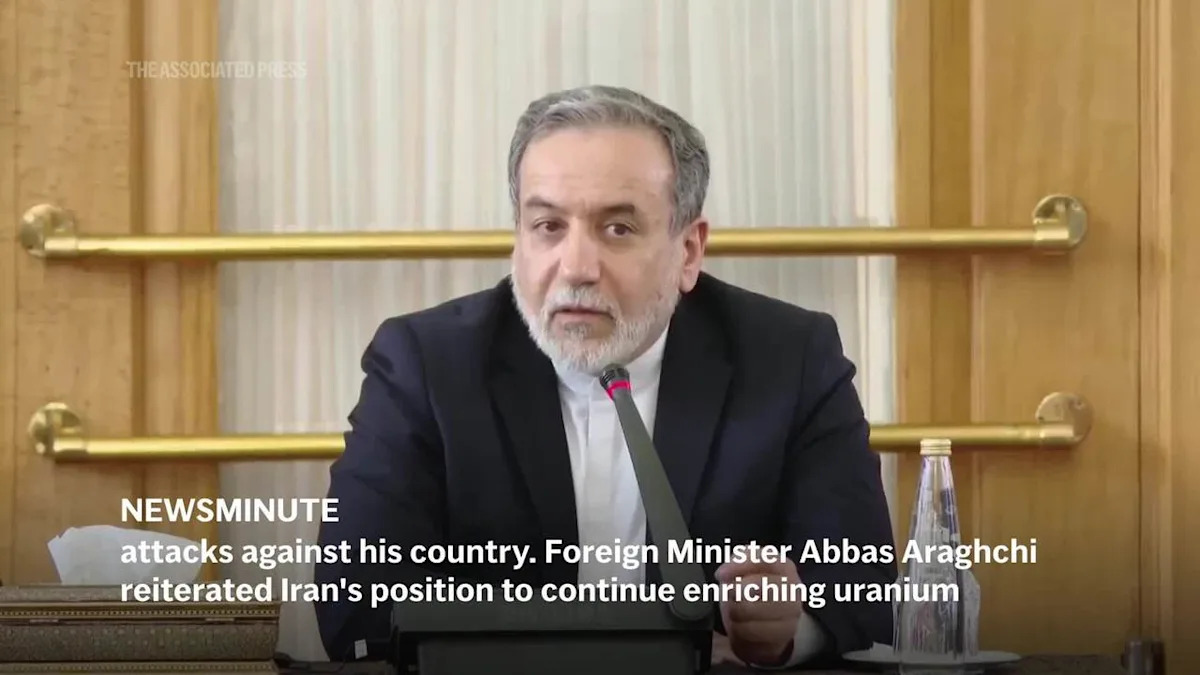Introduction
The ongoing humanitarian crisis along the U.S.-Mexico border continues to claim countless lives, many of which remain unclaimed and unidentified. Each year, an increasing number of migrant deaths occur as individuals attempt to cross one of the most dangerous and heavily surveilled borders in the world. Amid this tragic reality, a dedicated group of forensic volunteers and students are stepping in to provide closure to the families of the deceased by identifying the lost. These volunteers, many of whom come from various scientific and medical backgrounds, are quietly taking on a critical role in addressing not just the humanitarian crisis, but also the systemic failures that have allowed these deaths to escalate.
The Unseen Heroes: Forensic Volunteers on the Ground
Forensic volunteers have become key players in identifying deceased migrants whose bodies are often found in desolate desert areas, forgotten by the public and, sometimes, by the government. While local authorities may be overwhelmed by the scale of the crisis, forensic volunteers — often medical students, anthropology researchers, and seasoned professionals — dedicate their time and expertise to bring closure to families. Their work is not just about identification; it’s about documenting a tragedy that is largely invisible to the public eye.
The Process of Identification
The identification of deceased migrants is a complex and painstaking process. Volunteers typically work with forensic pathologists, anthropologists, and geneticists to examine remains, matching physical characteristics and, when possible, DNA samples to missing persons reports. Forensic teams often work closely with local medical examiner offices and organizations such as the Border Angels to share findings and connect with families. DNA samples are extracted, cross-referenced with databases, and compared with missing migrant reports, often submitted by NGOs working on the border.
Challenges Faced by Forensic Volunteers
Despite their dedication, forensic volunteers face numerous challenges in their work. One of the main difficulties is the harsh terrain in which these deaths occur. Migrants often perish in extreme temperatures and remote locations, making it hard for volunteers to even locate bodies. Furthermore, the decomposition process, coupled with a lack of documentation and resources, can make identification incredibly difficult. Language barriers, lack of cooperation from some border authorities, and a shortage of funding further complicate their efforts.
The Scope of the Crisis: Migrant Deaths Along the U.S.-Mexico Border
The statistics surrounding migrant deaths along the U.S.-Mexico border are both stark and heartbreaking. According to the American Immigration Council, more than 7,000 migrant deaths have been recorded since 1998. However, the true number is likely higher, as many bodies are never discovered or are too decomposed to be identified. The factors contributing to these deaths are manifold: extreme weather conditions, border enforcement tactics, human trafficking, and the increasingly militarized nature of the border. Many of those who perish on the journey are fleeing violence, poverty, and instability in their home countries, only to meet a tragic fate in the desert or along treacherous paths.
Volunteer Forensics: The Role of Academia and Grassroots Organizations
Many of the volunteers involved in the identification efforts are students from universities and research institutions, providing them with hands-on experience while contributing to an urgent cause. Forensic anthropology students from institutions such as the University of Arizona’s Binational Migration Institute participate in fieldwork, collecting data and remains to assist in identifying deceased migrants. Their participation is invaluable in bridging the gap between academic knowledge and practical application in the field.
Grassroots organizations such as the Fronterizx have also been instrumental in supporting forensic efforts. These organizations, often composed of volunteers from the local community, provide critical logistical support, raise awareness, and assist in the documentation of migrant deaths. They work in tandem with forensic teams, providing data about the migrants’ origins and helping to ensure that each case is treated with the dignity and respect it deserves.
Technology’s Role in Migrant Identification
In recent years, technology has played an increasingly important role in the identification of migrant remains. Advances in DNA technology, digital databases, and geospatial tracking have helped forensic teams locate and identify bodies more effectively. Drones, GPS technology, and satellite imagery are now commonly used to map remote regions where migrant deaths often occur, increasing the chances of locating remains before they are lost to the elements. Furthermore, organizations like the Migrant Lab are utilizing artificial intelligence (AI) to predict migrant travel routes, helping to inform search operations and better target rescue efforts.
The Broader Implications: A Call for Policy Change
The work of forensic volunteers shines a light not only on the tragedy of migrant deaths but also on the urgent need for systemic change. Advocacy groups and human rights organizations have long called for a reevaluation of U.S. border policies, arguing that the current approach — focused heavily on security and deterrence — exacerbates the risks faced by migrants. Calls for reform emphasize the need for:
- Humanitarian Aid at the Border: Increased access to resources such as water stations, shelters, and safe pathways for asylum seekers.
- Policy Changes to Immigration Laws: Reforming immigration policies to prioritize safety and human rights, rather than focusing solely on border enforcement.
- Accountability for Border Authorities: Transparent investigations into cases where border agents may have contributed to migrant deaths through neglect or mistreatment.
The current system, critics argue, does not take into account the humanity of migrants nor their reasons for fleeing dangerous conditions. As more forensic volunteers document the consequences of these policies, their work becomes a form of advocacy, not just for the deceased but for the living as well. By bringing attention to these deaths, they remind the public of the moral imperative to change the way migration is managed and treated.
Conclusion: A Bright Spot in a Dark Crisis
While the deaths of migrants at the U.S.-Mexico border are an ongoing tragedy, the tireless efforts of forensic volunteers represent a glimmer of hope amid the darkness. These volunteers, often working without recognition or resources, play an indispensable role in restoring dignity to the lost and bringing closure to their families. They are not just solving individual cases; they are challenging the broader system that allows these deaths to happen in the first place. Their work serves as a powerful reminder that beyond the statistics and political debates, the lives of migrants matter, and we must collectively work to ensure that no more lives are lost without a name.
See more NY Times Report



